
Stamos Yeoh Architects recently completed a co-working office development project in Stratford, London for us&co. The project features a unique one-off helical pre-cast concrete staircase.
The stairs travel from ground to first floor level, involves 20 reinforced concrete treads, each one cast individually from a bespoke fibreglass mould, and then laid above each other.
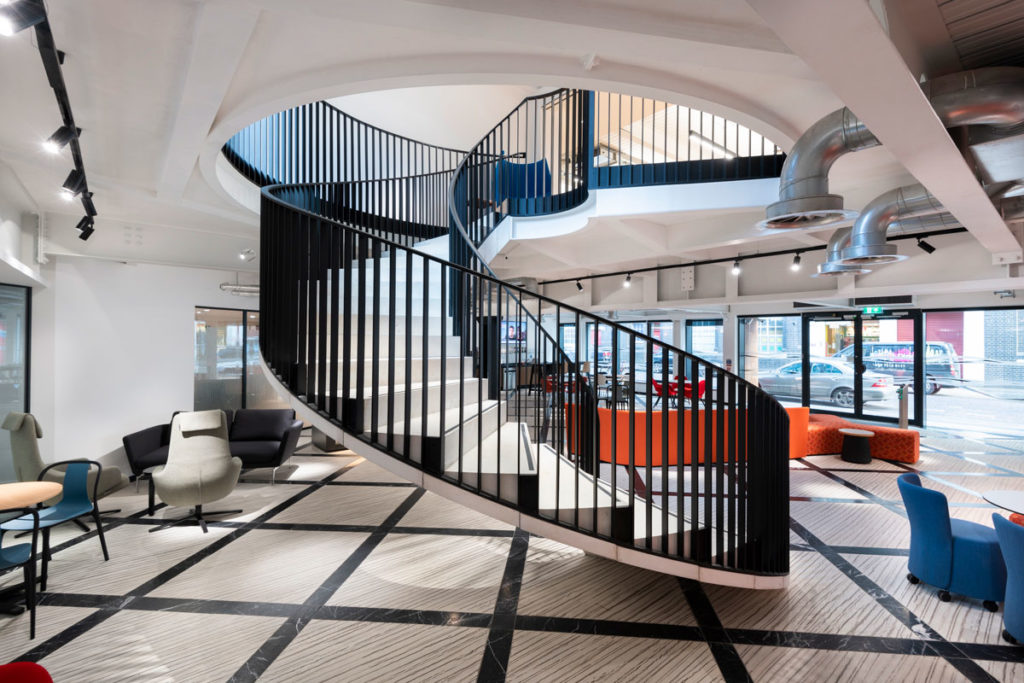
In order to support the staircase during construction, each tread was propped up with timber formwork, and as the stairs went up, three tensile steel cables were fed through each tread, all the way from base to top, and thereafter tied to steel structure at the very top & bottom and then post - tensioned (tightened up) in order to pull all the treads together. Then the formwork was removed and the stairs remain self-supporting.
The building itself underwent complete renovation as well as introducing a new two-storey roof extension to provide co-working space for the client.
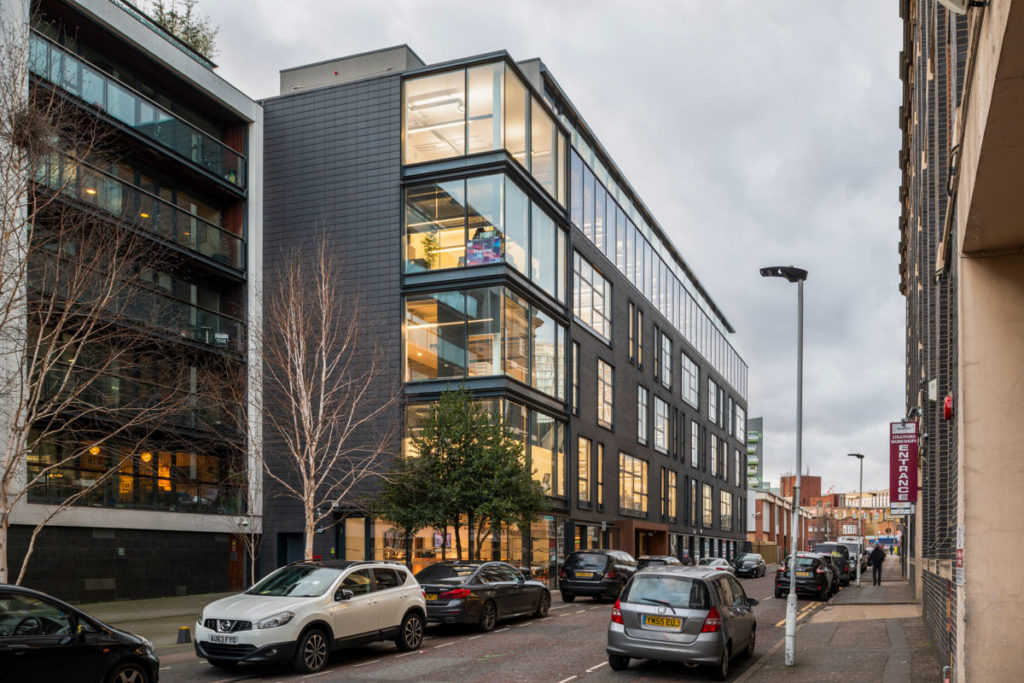
The stair design followed the initial concept plans for a reception focal point, a feature where office users could gather around and from which other spaces could form, such as the curved facade of the rear garden and the curved partitions forming surrounding meeting rooms and seating areas. The stair acts as a transition piece from ground to first floor only, connecting reception and break-out space with open plan offices above.

The building already offers a lot of exposed structural steel and we wanted to contrast against this with a concrete stair, but much like the surrounding steelwork the concrete stair would expose its junctions and reveal that it is in fact made up of individual pre-cast tread components. The only way this would be self-supporting is by post-tensioning the whole staircase - this means threading three steel cables through each of the twenty treads and fixing them to a steel bracket located at the top and bottom of the stairs and fully concealed, thereafter the cables are carefully tensioned and tightened until the stair is gradually pulled together without exceeding specific forces which could force the treads to individually shatter.
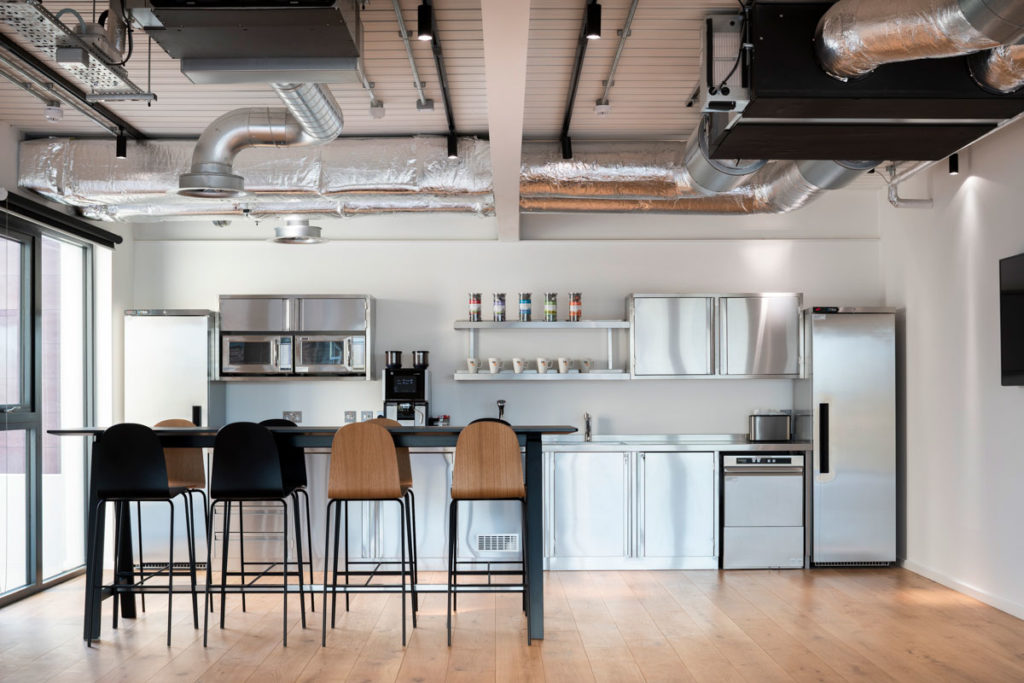
This staircase was a complicated project in its own right, independent from the extension and refurbishment works undergoing within the host building, however the structure offers the appearance of a simple floating staircase with the complexity of its concealed engineering going almost completely unnoticed.
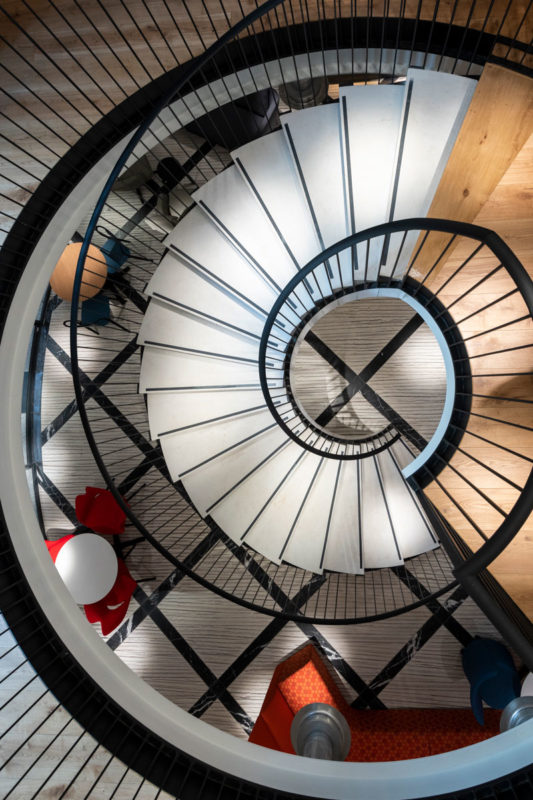
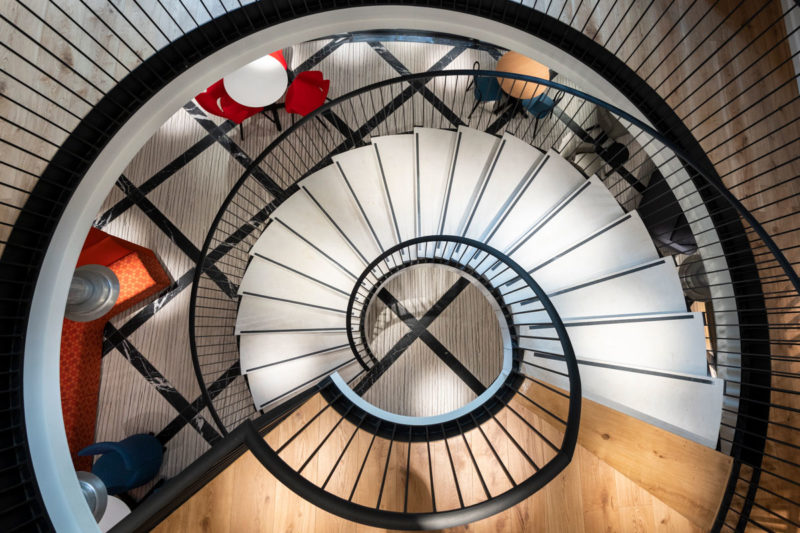
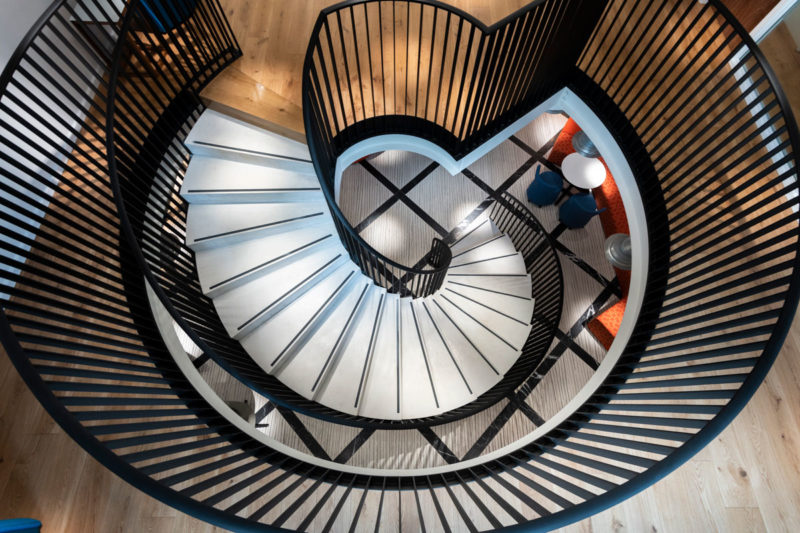
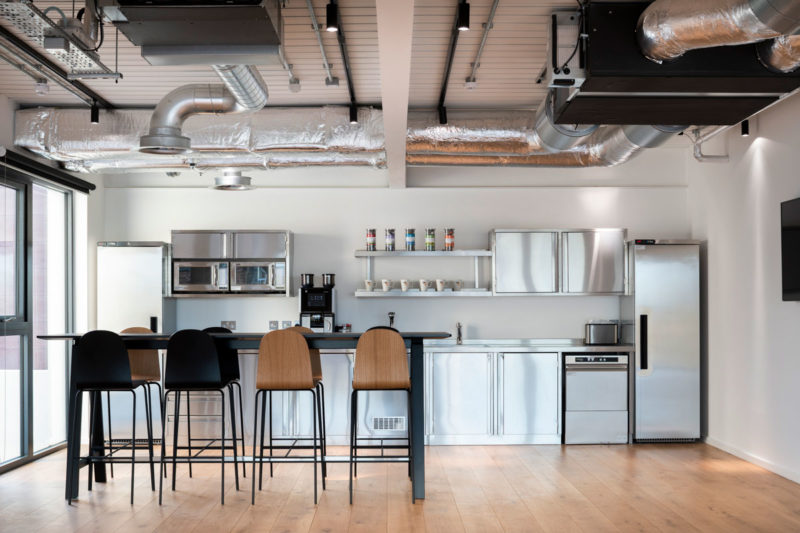
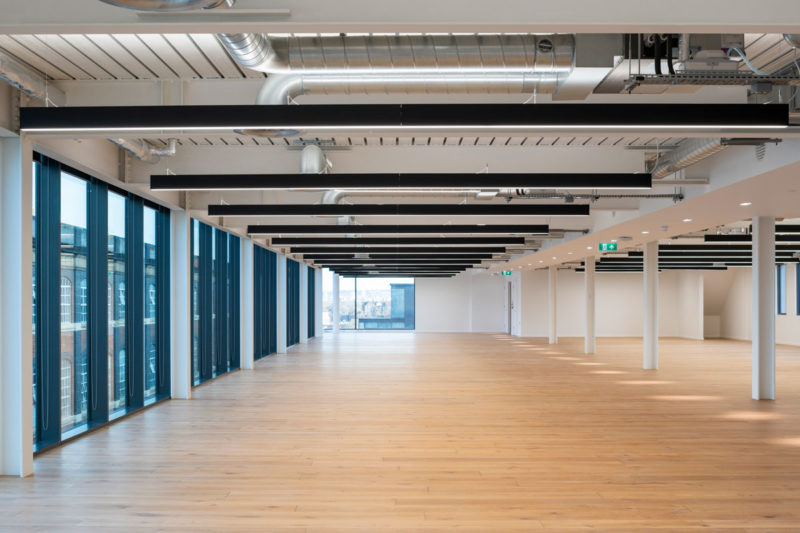
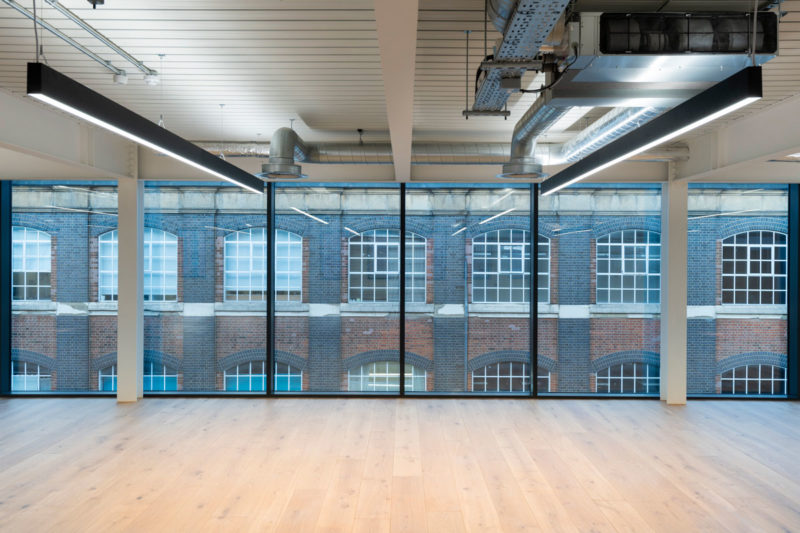
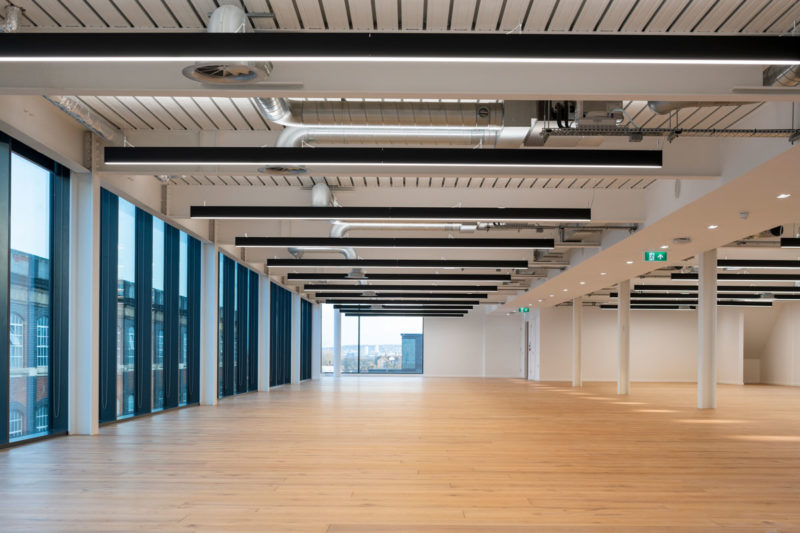
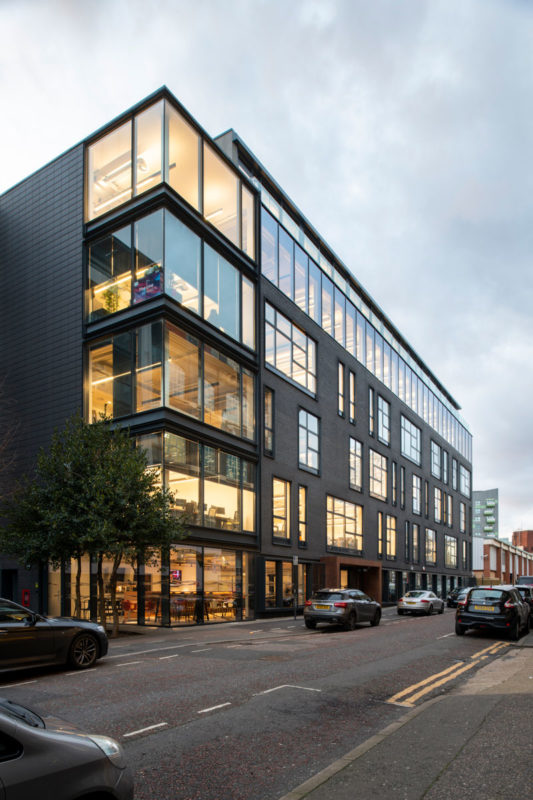
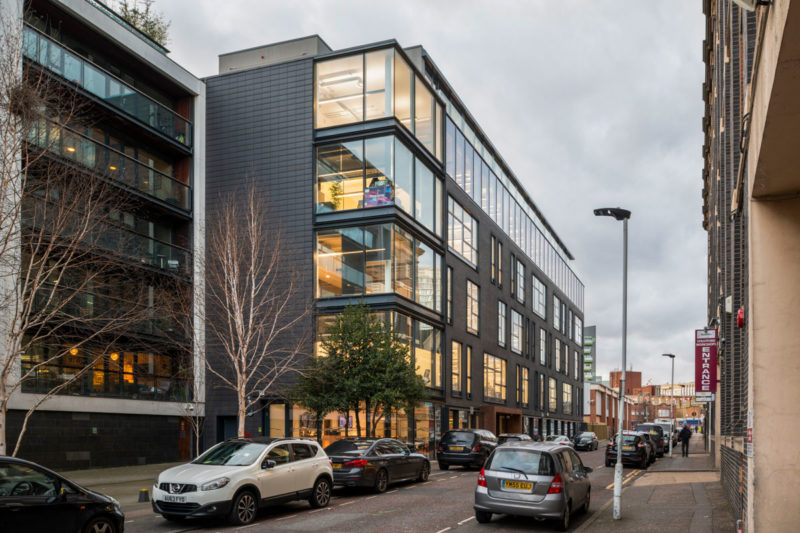
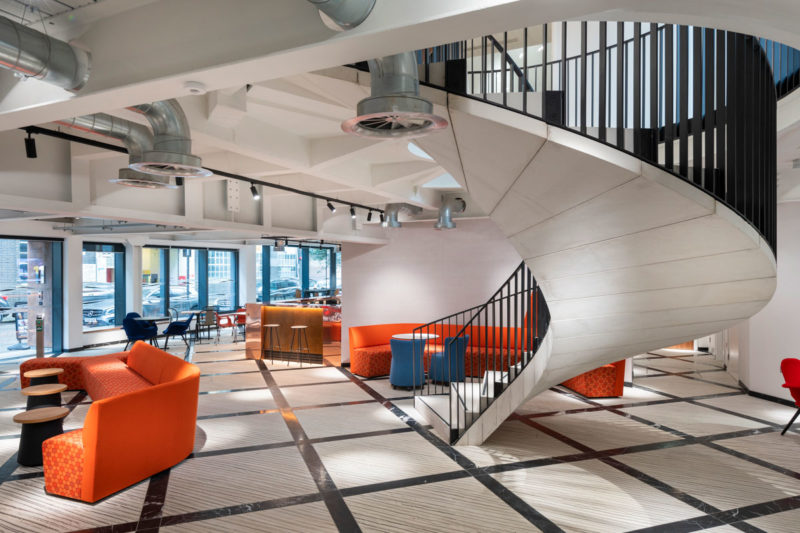

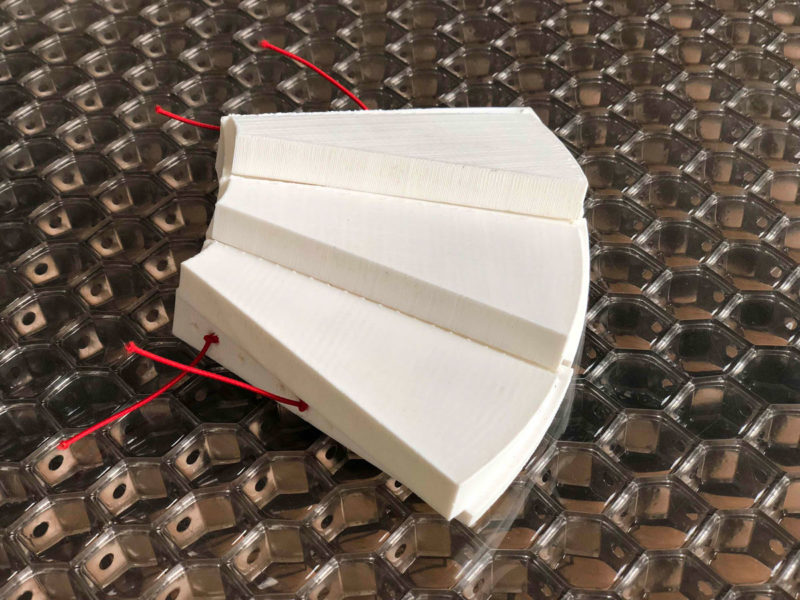

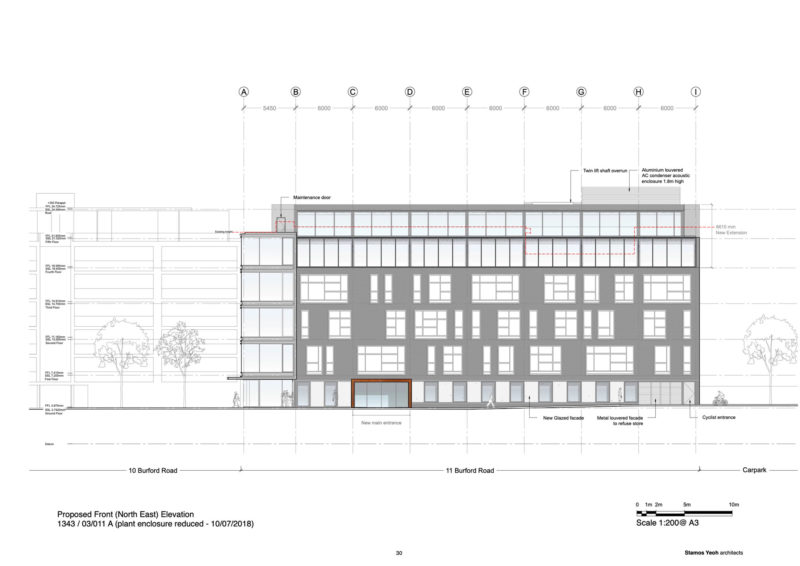
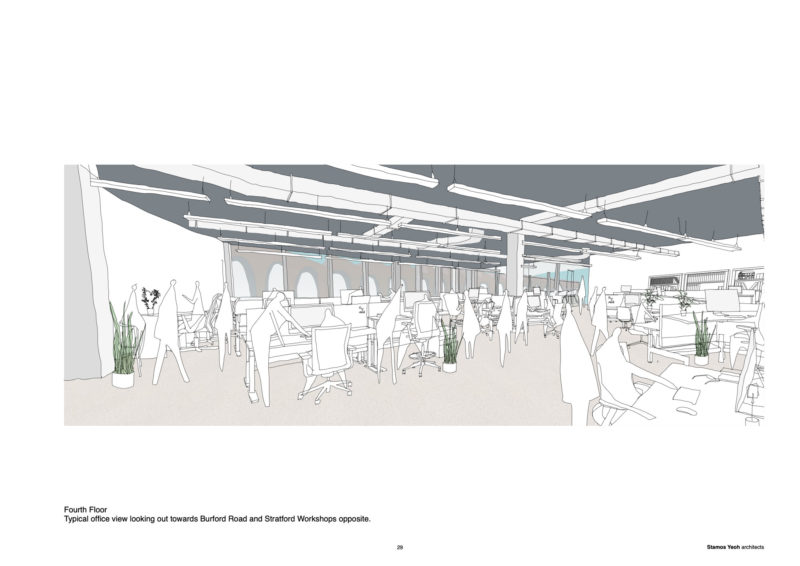
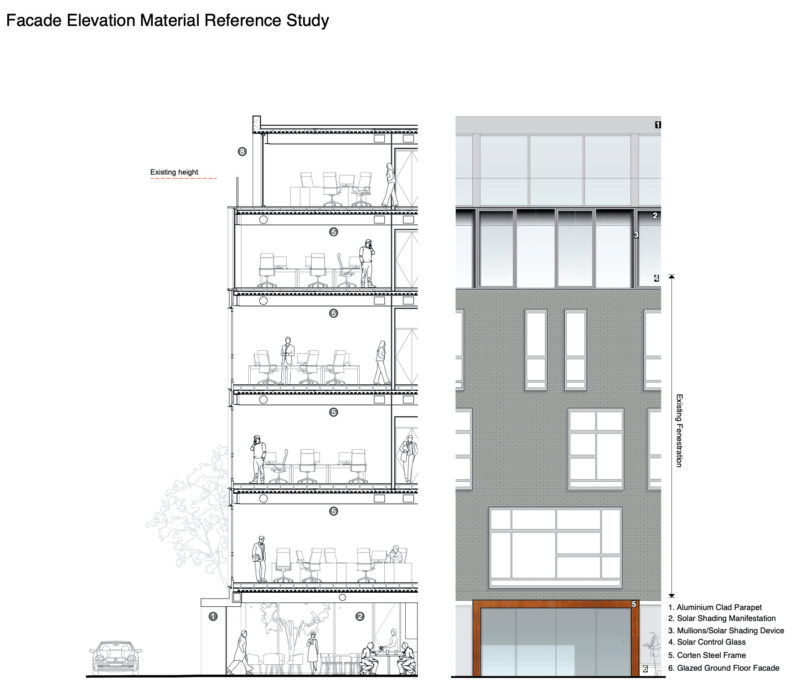
Credits:
M&E Engineer: Tate Consulting
Structural Engineer: MLM Group (previously Fluid Structures)
Structural Engineer: Walsh Structural Engineers
Main Contractor: John Cirmaci Builders
comments